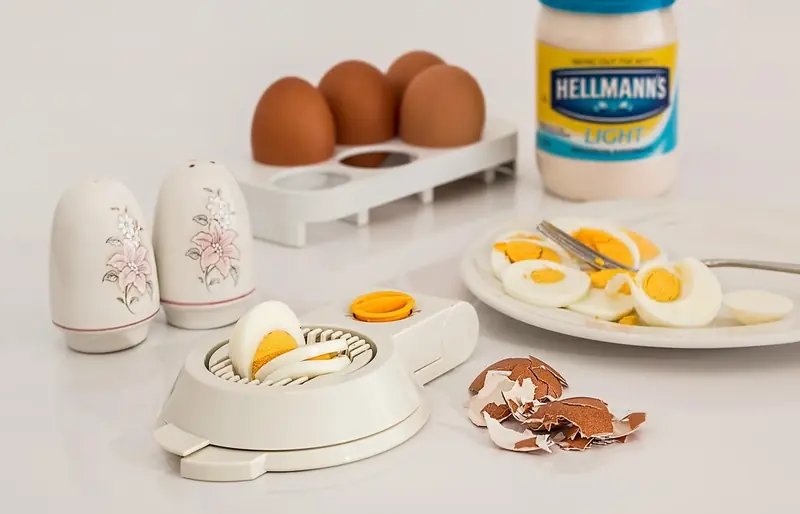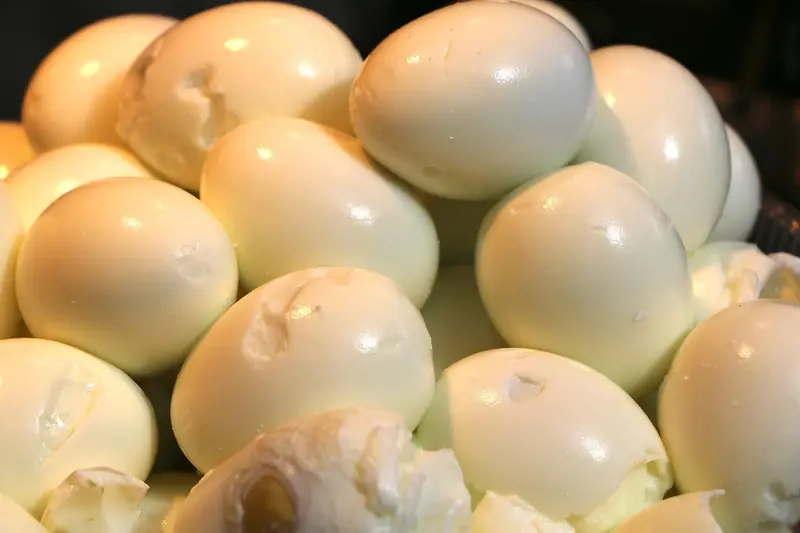
The struggle to peel a hard-boiled egg often stems from the stubborn shell clinging to the egg white. To make matters worse, the egg can end up covered in bits of a sticky membrane.
Fortunately, there are scientifically backed methods to help avoid the hassle of peeling this beloved food. This insight comes from Paulomi Bery, a professor in the Department of Food Science at the University of Southern Queensland in Australia.
Factors Affecting Shell Separation
Eggs consist of a hard, porous shell, an inner and outer membrane, egg white, and a yolk encased in the membrane. Between the inner and outer membranes, adjacent to the shell, lies an air cell.
During the 1960s and 1970s, researchers dedicated significant attention to studying the factors that influence egg peeling after boiling. One of these factors is the acidity level (pH) of the egg white. Half a century ago, researchers discovered that for an egg to be easier to peel, the pH of the white should range between 8.7 and 8.9, meaning it needs to be sufficiently alkaline.
Storage temperature also plays a role, as noted by Science Alert. A 1963 study showed that storing eggs at around 72°F (22°C) yields better peeling results than storing them at lower temperatures. However, keeping eggs at this recommended temperature carries the risk of spoilage.
Scientists have also found that eggs that are not at peak freshness are easier to peel.

Tip One: Avoid Very Fresh Eggs
The difficulty in peeling fresh eggs can be explained by several factors. First, in a fresh egg, the air cell is still quite small. As the egg ages, it gradually loses moisture through its porous shell, increasing the size of the air cell while the rest of the egg’s contents shrink. A larger air cell makes the peeling process easier.
Additionally, while fresh egg whites initially have a relatively alkaline reaction, as the eggs mature, the pH increases, which also facilitates easier peeling.
Tip Two: Monitor Water Temperature
Some experts believe that the best results can be achieved by starting to boil the eggs in hot water and gradually reducing the water temperature. However, this should only be done with eggs at room temperature; cold eggs are likely to crack.
The rationale behind this approach is that exposing the eggs to higher temperatures at the beginning of cooking helps separate the membrane from the shell and the egg white.
After boiling the eggs for the desired time, they should be cooled in ice water. This helps the egg white detach from the shell, making peeling easier.
Tip Three: Add Certain Substances to the Water
Among other scientific observations regarding improving egg peelability is the addition of salt to the boiling water. However, as one study showed, this method is effective only for fresh eggs. Unfortunately, it does not work if the product has been stored for an extended period.
You can also try adding baking soda or vinegar to the water. The alkaline environment created by the baking soda helps separate the membrane from the shell. Meanwhile, vinegar attacks the calcium carbonate in the eggshell, ultimately aiding in its removal.
